The world’s most thrilling destinations offer adventures that push physical and mental limits far beyond ordinary vacation activities. These locations combine natural phenomena, challenging terrain, and specialized facilities to create experiences that transform casual travelers into genuine adrenaline addicts.
Here’s a list of 17 extreme sports destinations that deliver heart-pounding adventures for those seeking maximum thrills.
Interlaken, Switzerland
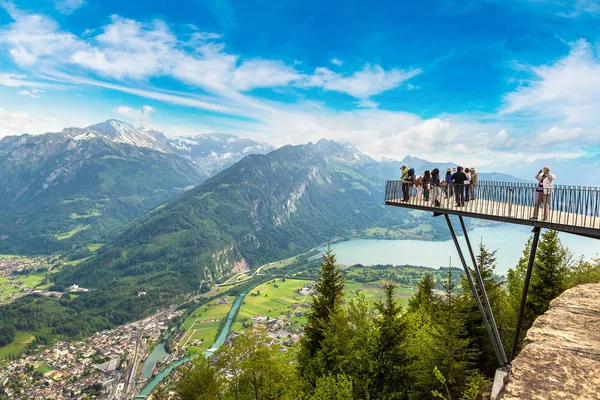
Nestled between two pristine alpine lakes, this Swiss adventure capital offers canyon swinging that drops participants 300 feet into narrow gorges carved by glacial activity over millennia. The combination of precise timing and stunning scenery creates an experience where natural beauty amplifies the rush of free-falling through mountain air.
Local operators have perfected safety systems that allow visitors to focus entirely on the incredible sensation of plummeting toward crystalline water while surrounded by towering peaks.
Queenstown, New Zealand
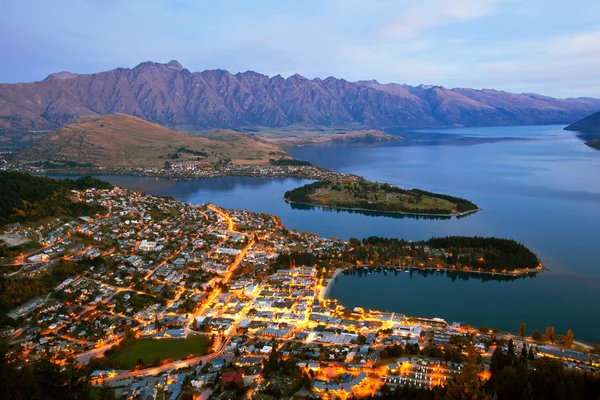
The birthplace of commercial bungee jumping continues to push boundaries with the world’s highest cliff jump, launching thrill-seekers 440 feet above the Shotover River. Local Maori culture adds spiritual dimensions to the experience, with traditional ceremonies acknowledging the courage required to leap into the void.
The surrounding landscape of fjords and mountains creates a backdrop so dramatic that many jumpers report feeling like they’re diving into a fantasy world rather than simply falling through space.
Like Travel Pug’s content? Follow us on MSN.
Moab, Utah
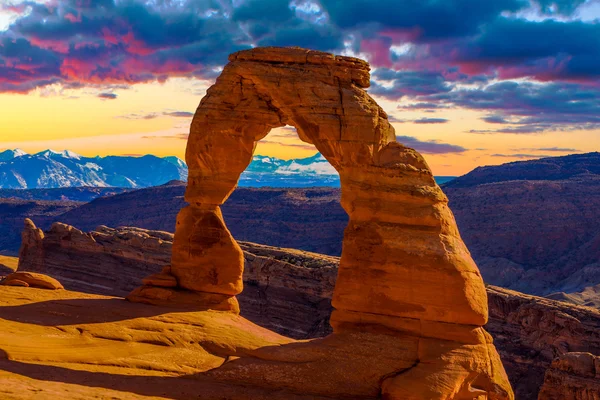
Red rock formations create natural obstacle courses perfect for extreme mountain biking, with the famous Slickrock Trail offering 12 miles of technical riding across sandstone surfaces that grip tires like concrete. The desert environment adds elements of endurance and navigation that transform simple bike rides into survival challenges requiring both physical fitness and mental toughness.
Local guides know hidden routes through slot canyons and across mesas that provide access to terrain impossible to experience through any other activity.
Whistler, British Columbia
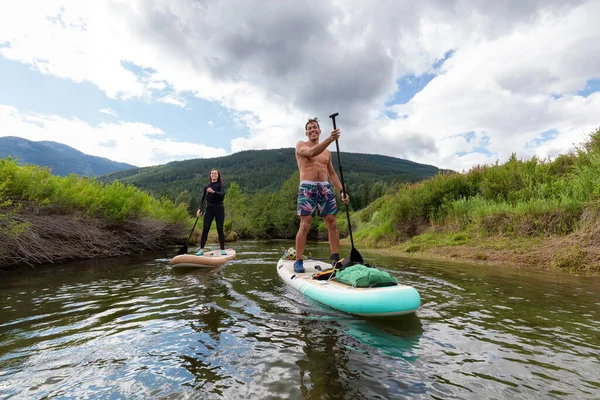
Beyond its reputation as a skiing destination, Whistler offers summer mountain biking that ranks among the world’s most challenging, with vertical drops exceeding 5,000 feet through terrain originally designed for Olympic downhill racing. The resort’s lift-accessed trails eliminate the need for grueling climbs, allowing riders to focus entirely on technical descents that demand split-second decision-making.
Local bike parks feature man-made obstacles and jumps that launch experienced riders 20 feet through mountain air.
Chamonix, France
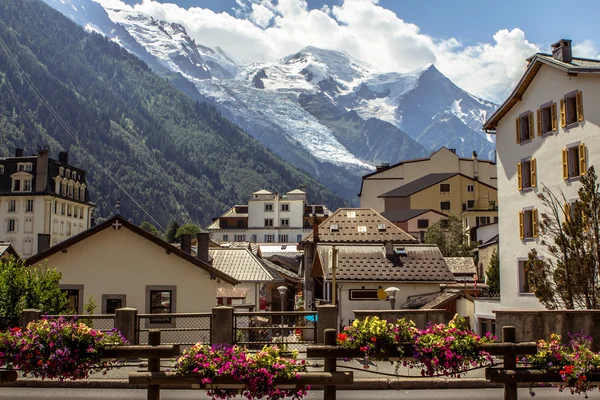
The birthplace of extreme skiing provides access to off-piste terrain so challenging that only expert skiers attempt routes like the famous Vallée Blanche, where crevasses and avalanche zones create genuine life-or-death situations. Local mountain guides possess knowledge passed down through generations about reading snow conditions and weather patterns that determine whether particular routes remain passable.
The combination of technical difficulty and objective dangers creates skiing experiences that feel more like mountaineering expeditions than recreational activities.
Like Travel Pug’s content? Follow us on MSN.
Victoria Falls, Zambia
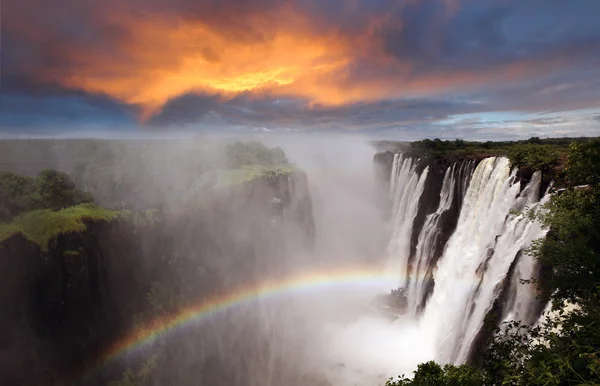
White-water rafting below one of the world’s largest waterfalls delivers Class V rapids through gorges so narrow that raft teams must execute precise maneuvers to avoid being crushed against basalt walls. The Zambezi River’s volume fluctuates seasonally, creating different challenges throughout the year as water levels determine which rapids remain navigable.
Local operators have developed techniques for reading the river that allow guides to find safe passages through seemingly impossible hydraulics and keeper holes.
Devil’s Pool, Zambia
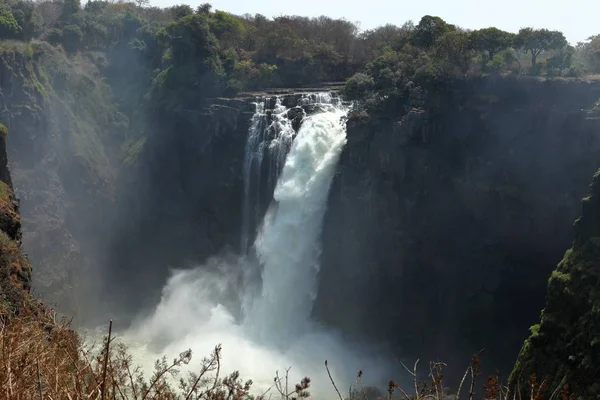
Swimming at the edge of Victoria Falls during low water season allows adventurous visitors to approach the precipice, where 500 million gallons of water per minute cascade into the gorge below. Natural rock formations create temporary pools that hold swimmers just feet from the waterfall’s edge, though miscalculating currents or water levels can prove fatal.
Local guides time visits precisely with seasonal water fluctuations to ensure the rock barriers remain intact while still providing genuine thrills.
Mount Washington, New Hampshire
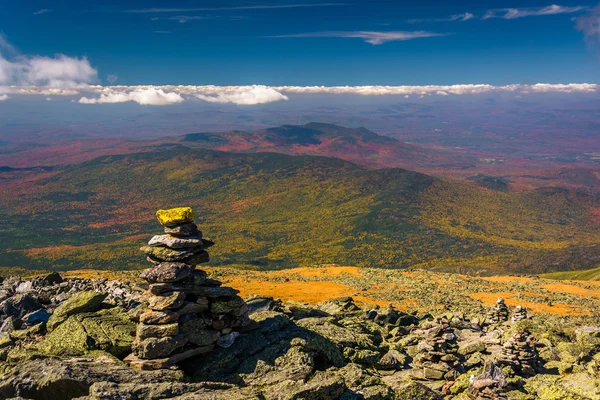
The Northeast’s most dangerous peak creates weather conditions rivaling those found in polar regions, with wind speeds regularly exceeding 100 miles per hour and temperature swings of 50 degrees within a single day. Winter climbing requires technical skills typically associated with major alpine expeditions, yet the mountain’s accessibility allows day trips that compress extreme mountaineering into manageable timeframes.
Local weather stations record some of the planet’s most severe conditions, making successful summit attempts genuine achievements in extreme weather survival.
Like Travel Pug’s content? Follow us on MSN.
Big Sur, California
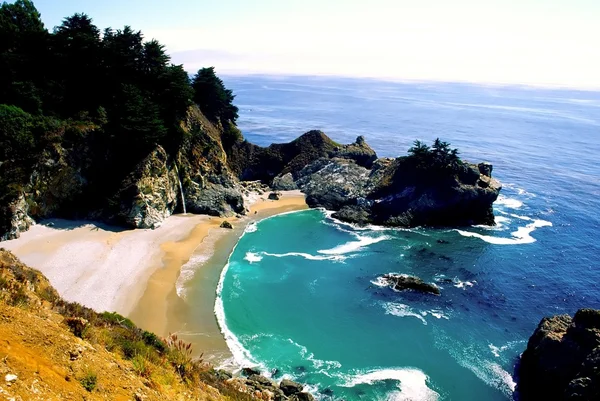
Coastal cliffs provide launching points for paragliding adventures that combine ocean thermals with mountain updrafts to create flight conditions found nowhere else on the planet. Pilots can soar for hours above dramatic coastline while seals and whales provide reference points hundreds of feet below.
The region’s unpredictable weather patterns require constant attention to changing conditions, transforming peaceful gliding into exercises in rapid decision-making and emergency planning.
Taupo, New Zealand
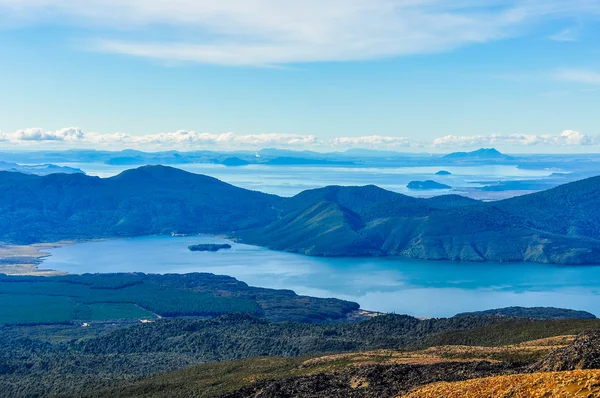
Lake Taupo’s volcanic activity creates unique skydiving opportunities where jumpers fall toward an active geothermal landscape featuring bubbling mud pools and steam vents that demonstrate the Earth’s raw power. The combination of clear alpine air and dramatic geological features creates visual experiences that enhance the physical sensations of free-fall.
The local operator’s time jumps to coincide with optimal weather windows that provide visibility stretching across the entire North Island.
Angel Falls, Venezuela
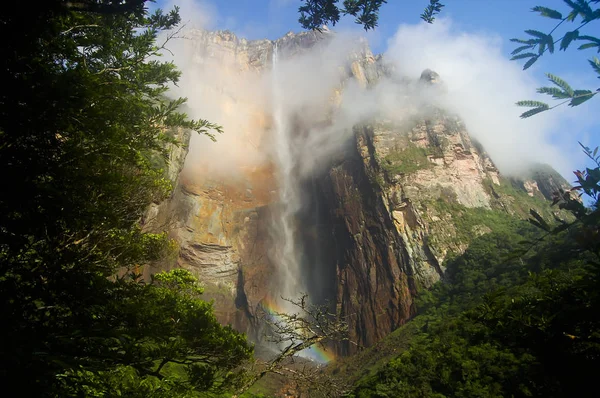
Helicopter access to the world’s tallest waterfall enables base jumping from heights exceeding 3,200 feet, though political instability and remote location limit access to only the most dedicated extreme sports athletes. The tepui formations create updrafts and wind patterns that affect parachute deployment in ways that require specialized training and equipment.
Local indigenous guides possess knowledge about weather patterns and seasonal changes that determine when jumping conditions remain safe.
Like Travel Pug’s content? Follow us on MSN.
Banff National Park, Alberta
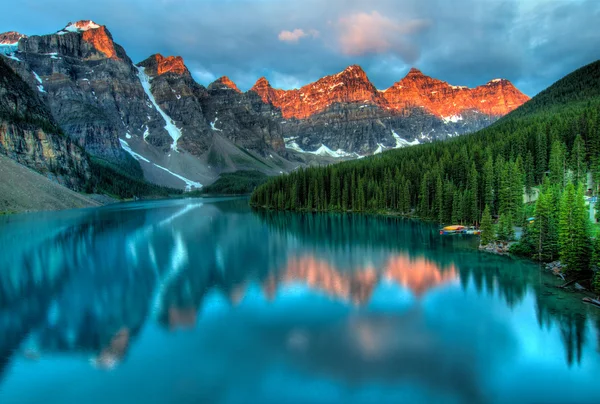
Ice climbing frozen waterfalls during Canadian winters transforms gentle summer cascades into technical climbing challenges that require specialized equipment and techniques developed specifically for ascending vertical ice formations. The combination of extreme cold and physical exertion creates conditions where equipment failure or poor judgment can quickly become life-threatening.
Local climbing guides teach ice-reading skills that allow climbers to identify stable ice formations capable of supporting human weight.
Denali National Park, Alaska
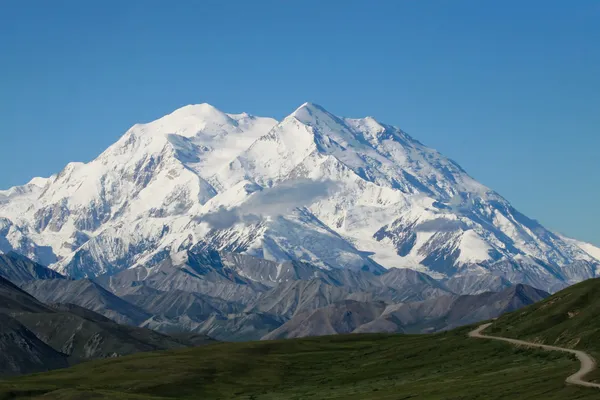
Mountaineering expeditions to North America’s highest peak require weeks of preparation and acclimatization, with success rates below 50 percent due to extreme weather conditions and technical climbing challenges. The mountain’s subarctic location creates temperature and wind conditions that test both equipment and human endurance beyond normal limits.
Local guide services provide training in glacier travel and high-altitude survival techniques essential for safe passage through terrain that has claimed hundreds of lives.
Torres del Paine, Chile
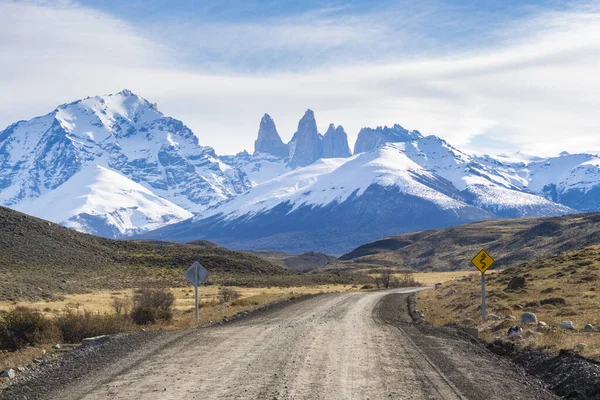
Patagonian winds create conditions for kite surfing that launch experienced riders 100 feet above pristine lakes surrounded by granite spires and glacial valleys. The region’s weather patterns shift rapidly between calm conditions and storms generating winds exceeding 80 miles per hour.
Local operators have developed specialized equipment and techniques for handling extreme wind conditions that would ground kite surfers in most other locations worldwide.
Like Travel Pug’s content? Follow us on MSN.
Mount Everest Base Camp, Nepal
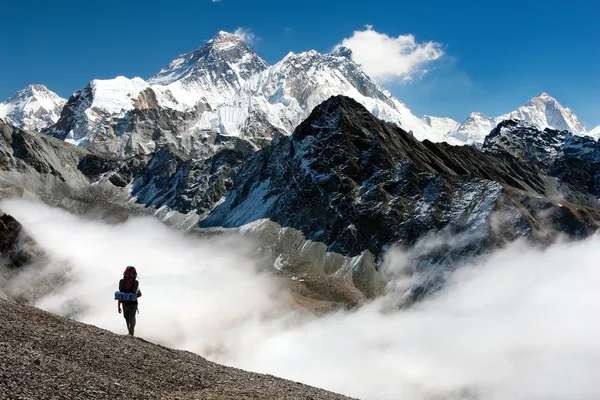
While reaching Everest’s summit requires extensive mountaineering experience, trekking to base camp provides accessible exposure to high-altitude conditions and Himalayan weather that challenge even experienced hikers. The combination of thin air, extreme weather variability, and remote location creates genuine survival situations despite the trek’s popularity among adventure tourists.
Local Sherpa guides possess knowledge about altitude sickness prevention and weather pattern recognition essential for safe passage through terrain above 17,000 feet.
Voss, Norway
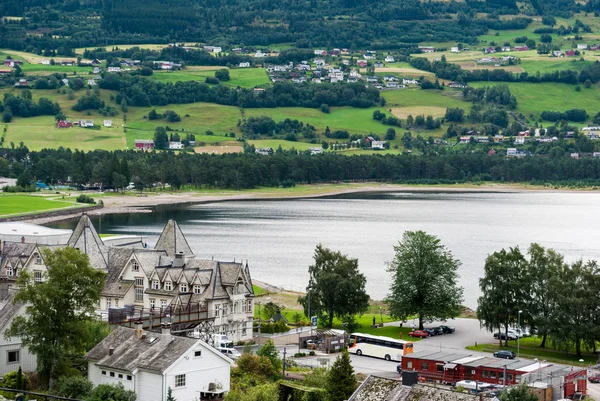
Fjord landscapes provide natural amphitheaters for wingsuit flying, where experienced pilots can glide inches from cliff faces while maintaining speeds exceeding 120 miles per hour through narrow valleys carved by glacial activity. The region’s steep topography and stable weather patterns create ideal conditions for proximity flying that require split-second timing and absolute precision.
Local flying clubs have developed training progressions that allow pilots to safely advance from basic skydiving to extreme proximity flying over several seasons.
La Rinconada, Peru
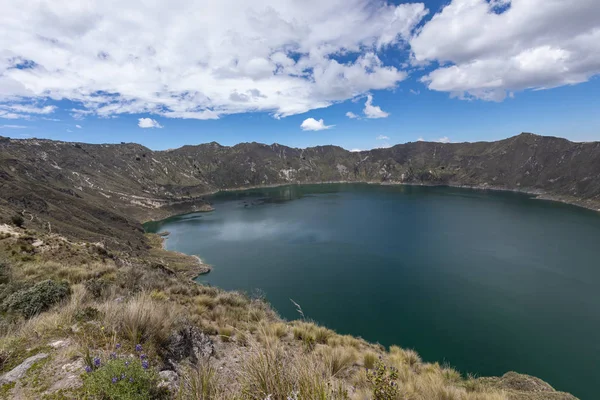
High-altitude cycling at elevations exceeding 16,000 feet challenges riders with oxygen levels half those found at sea level, transforming moderate bike rides into extreme endurance events. The combination of thin air and technical terrain requires specialized training and acclimatization protocols typically associated with major mountaineering expeditions.
Local guides understand altitude effects and weather patterns that determine when cycling conditions remain safe at elevations where most people experience significant physiological stress.
Like Travel Pug’s content? Follow us on MSN.
Adventure Without Limits

These destinations prove that our planet still offers genuine challenges for those willing to push beyond conventional tourism and comfortable recreation. Each location combines natural phenomena with human ingenuity to create experiences that test physical limits while providing perspectives impossible to gain through any other means.
The world’s extreme sports destinations continue evolving as athletes and adventurers discover new ways to interact with environments that humble human capabilities while rewarding those brave enough to engage with forces far greater than themselves.
More from Travel Pug

- 20 Best Beach Towns in the Carolinas
- 13 Destinations Where Tourists Regularly Regret Their Trip
- 20 Things You Actually Get in First Class
- 20 Small Airports With Aviation Museums
- 20 Places in the U.S. That Are Perfect for a Reset Trip
Like Travel Pug’s content? Follow us on MSN.
